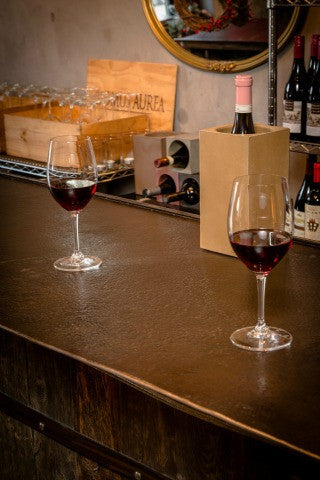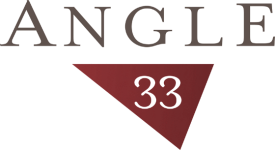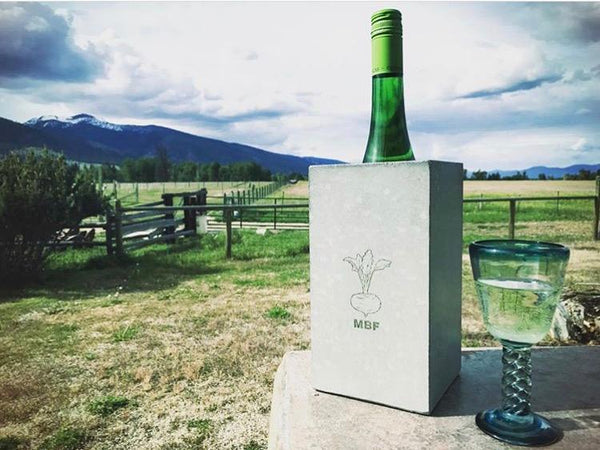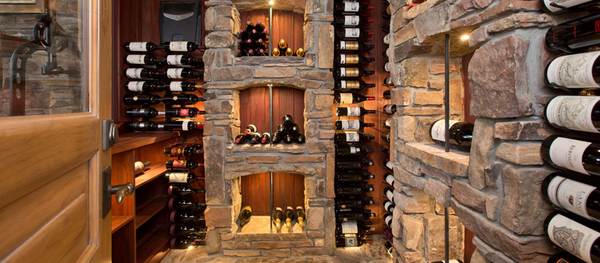Honing Your Palate

I always get a kick out of how wines are described either on the label or by the server or tasting room attendant. There are some really great descriptors out there, and inevitably, I find myself trying to find that flavor in the wine.
Tobacco, really? You taste tobacco in that?
Yet, I realize that I shouldn’t be focused on how someone else describes it. I should be focused on how I experience it on my palate. I know that I will never need to describe wine for a living, but it is fun to really immerse myself in flavor and try to come up with a verbal match for how my senses respond. People who taste wine go through a sort of ritual when they taste wines. I’ve adapted it just as a fun exercise to do when I am drinking wine-to see what happens to my palate.
I don’t do the same thing twice, but here is what I did last night with the Wolftrap 2010 Viognier, Chenin Blanc, Grenache Blanc blend.
Store your wine at the appropriate serving temperature.
Before drinking, open the bottle and pour a small glass, leave the glass on the counter.
Wait 10-15 minutes.
On the table: Fresh Flathead and Rainier cherries, drunken goat cheese, lavender dark chocolate, peach slices, sourdough bread + a sheet of white paper.
Pull the wine from the fridge, pour another glass and set the bottle in your chilled wine thermal. Have good natural light to work with or benign electric light.
First take the sheet of paper and hold it up behind each glass. Note the color and write or say your descriptor words. Light honey; the grasses on Mount Jumbo, right now . . .
Any difference in the two glasses? Probably not (but this is about exploration).
Now smell each glass of wine, at different distances. Note your thoughts and reactions. Try to come up with words to describe what you smell. Any differences in each glass and the distance? Probably. Temperature certainly has an impact on aroma.
Taste each glass. When you do, make sure the wine rolls across your entire tongue. (This article has a great diagram of the tongue and what you taste where, along with other useful detailed info).
Keep the wine in your mouth briefly, but long enough to feel and taste it. Leave a little time between tasting each glass. Nibble on some bread if you want to. Note any differences.
Start experimenting with the food in front of you. Take a bite of food and describe how it tastes. Then taste the wine. Note the changes in how the wine tastes and feels on your palate now.
Before I ate the cherries, I was getting the softer, rounder aspect of the Wolftrap—honeysuckle, apricot. After eating the cherries, the more astringent qualities came out and I was tasting grass and chili.
Your palate is a sensitive thing and you can get palate fatigue pretty quickly or pollute it with too many flavors. BUT, when you are in it for pleasure, I think it’s just a fun way to sip your wine and eat good food. Give it a try and tell me what you find!
Leave a comment
Comments will be approved before showing up.
Also in News



